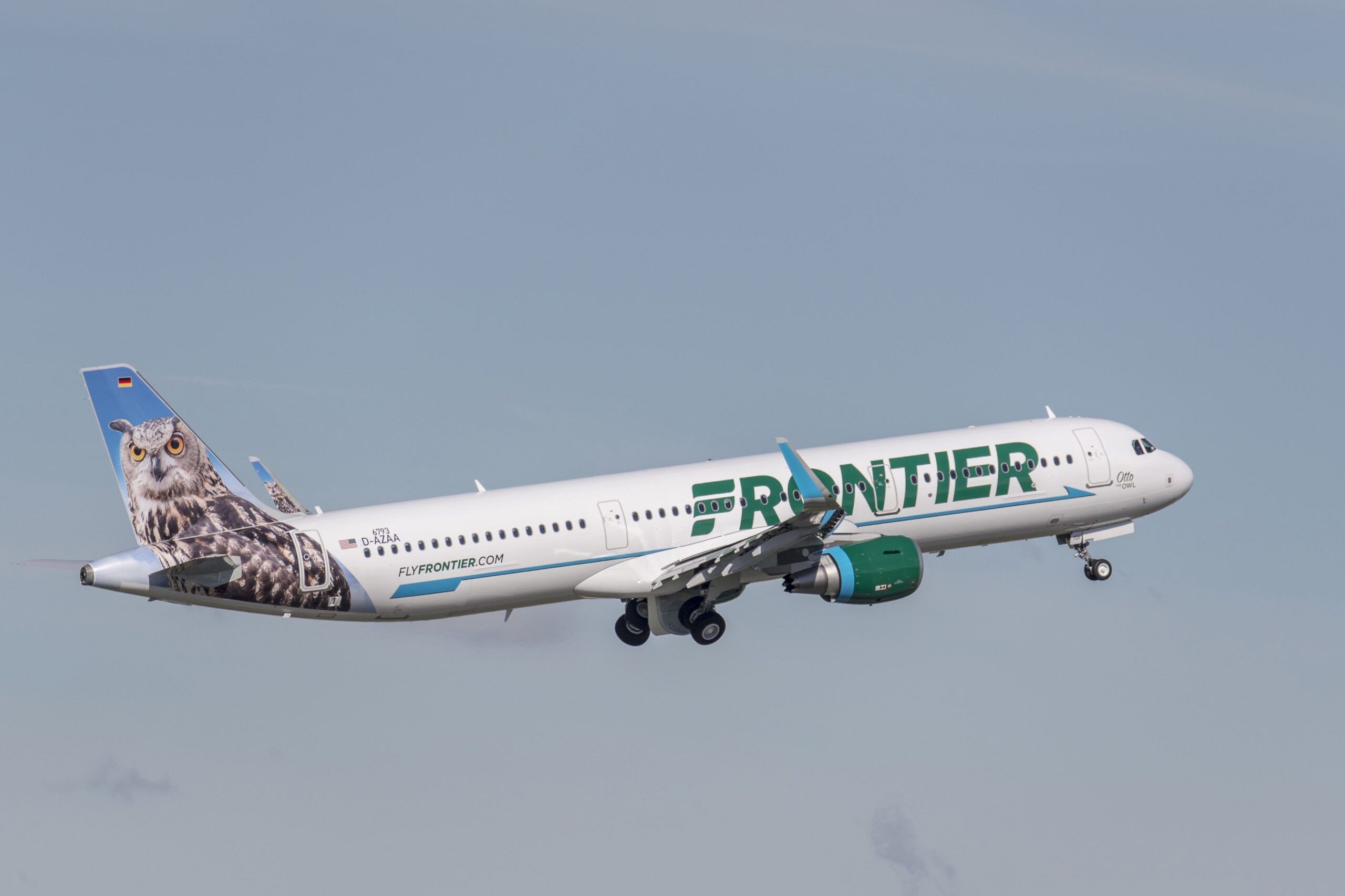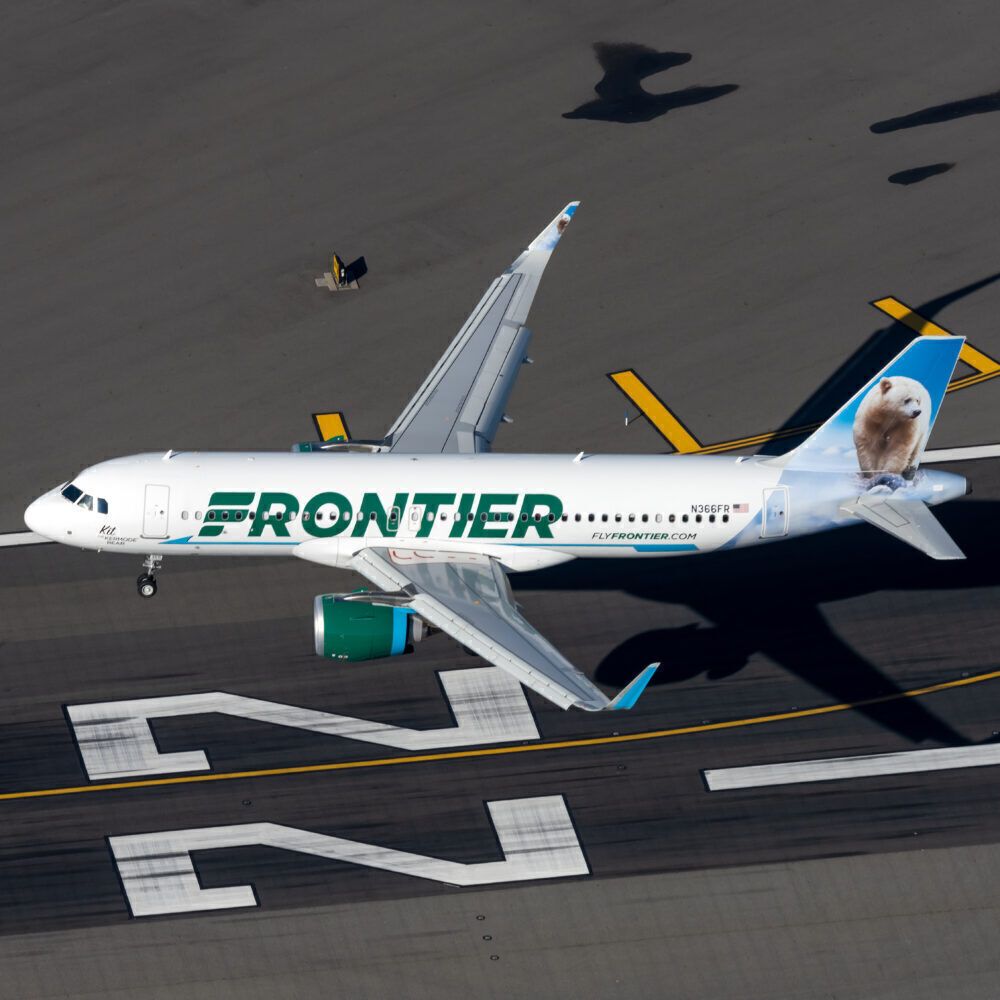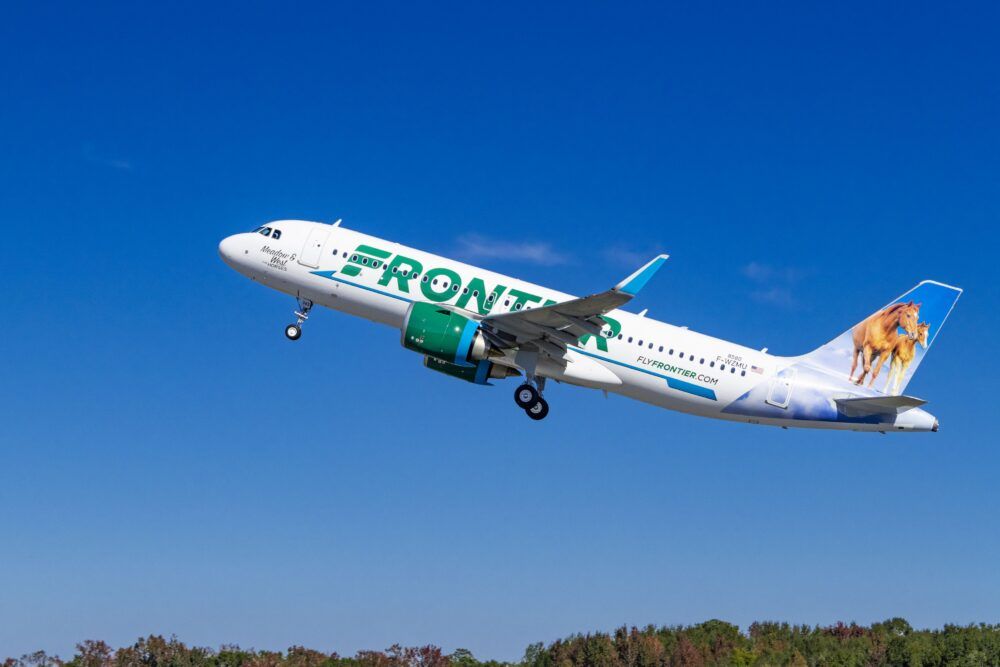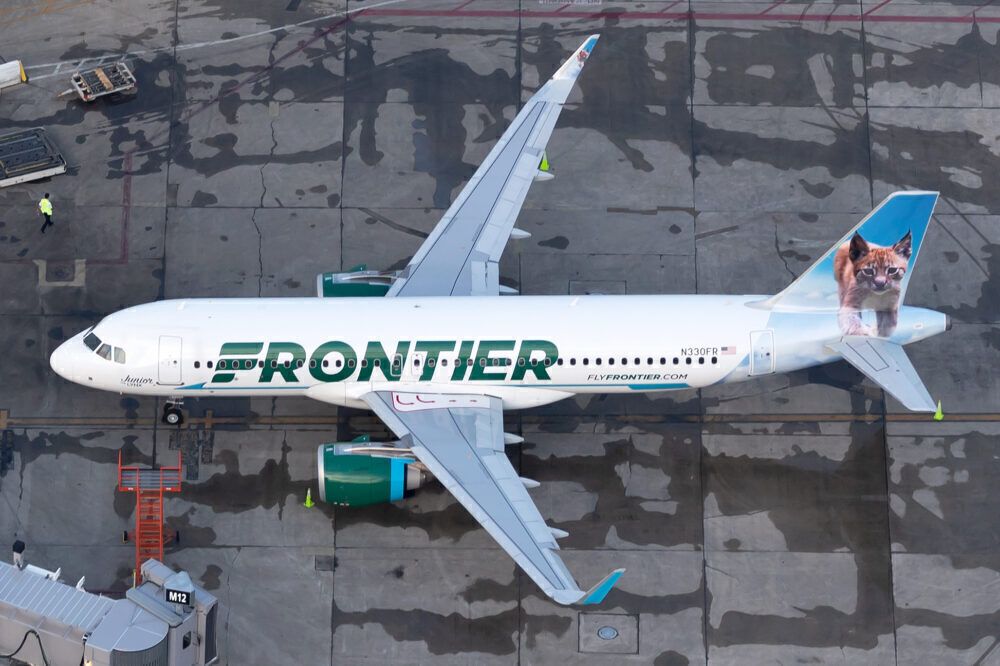Frontier Airlines has decided to end its services at Los Angeles International Airport (LAX). The main gateway to Southern California, Frontier is choosing to serve other airports in the area with lower cost to operate from than LAX. Frontier Airlines will completely pull out of LAX by the fall.
Frontier Airlines ends LAX service
Cranky Flier noted Frontier's departure from LAX. The airline will pull down service through the summer. The airline will start cutting flights from July-onwards before completely pulling out of Los Angeles by September. The final flights out of Los Angeles will run to Denver.
Frontier Airlines currently flies a limited portfolio of routes out of LAX. Routes include Atlanta (ATL), Denver (DEN), Las Vegas (LAS), and Phoenix (PHX). These are mainly point-to-point services and include connections to some of Frontier's bases, like Denver.
Stay informed: Sign up for our daily and weekly aviation news digests.
Frontier grows in other airports
Frontier Airlines is pulling out of LAX as it moves to other airports in the region. The recent expansion includes Hollywood Burbank Airport (BUR) and Ontario International Airport (ONT). This expands on Frontier's position in other area airports like John Wayne Airport (SNA).
Frontier Airlines will continue to serve a full breadth of routes out of Southern California. However, it will instead fragment its position across cheaper airports where there is also more room to grow.
Frontier heads to secondary airports
Ultra-low-cost carriers (ULCCs) like Frontier Airlines are focused heavily on keeping their costs down and catering to leisure travelers with the lowest fares possible. Airports like LAX are generally expensive to operate in and out of. Not to mention, Frontier Airlines does not get an ideal position and infrastructure at the airport, instead being relegated to Terminal 5.
Expensive and with operational constraints, Frontier Airlines sought to move to greener pastures, which Burbank and Ontario provide. Burbank is the home of another American ULCC: Avelo Airlines.
Secondary airports generally give additional incentives for carriers to come over and start new services to the airport. One of the big incentives is reduced costs compared to major airports in the area. The key reason for this is usually prestige and routes.
For example, LAX serves as a heavy international airport. A launching point for transpacific flights to New Zealand, Australia, Singapore, China, Japan, South Korea, and others, the airport is preferred by larger international carriers. LAX welcomes them with open arms. This comes at the expense of room for major ULCCs.
A changing landscape
Los Angeles was one of the slower areas to see a ramp-up of airline capacity through the airline recovery. As a coastal gateway hub, with transpacific travel decimated, airlines focused on a mostly origin and destination market. However, California was not without its own travel restrictions, limiting the ability for leisure travelers to take in the sights.
As Los Angeles started to show signs of reopening this summer, airlines started to come back and expand in recent months. One of the most prolific airlines expanding at LAX in the ULCC market is Spirit Airlines. The carrier flies a fair number of longer routes connecting the American heartland with the coastal city.
Frontier Airlines had a relatively small portfolio out of LAX. It was not terribly difficult for Frontier to move those flights to other area airports, which would offer better operating economics and more room for growth in the future.
Southern California, and particularly the Los Angeles area, is a major tourist destination for Americans. With destinations like Disneyland, Hollywood, and others, there is no dearth of leisure travelers seeking cheap flights to the city.
Frontier Airlines has decided to try its luck at other area airports. There may be better expansion opportunities at those airports that Frontier wants to target to increase its competitive position from a network perspective. The real question now is which carrier seizes on Frontier's departure to grow its portfolio at the airport.
Will you be sad to see Frontier leave LAX? Let us know in the comments!




